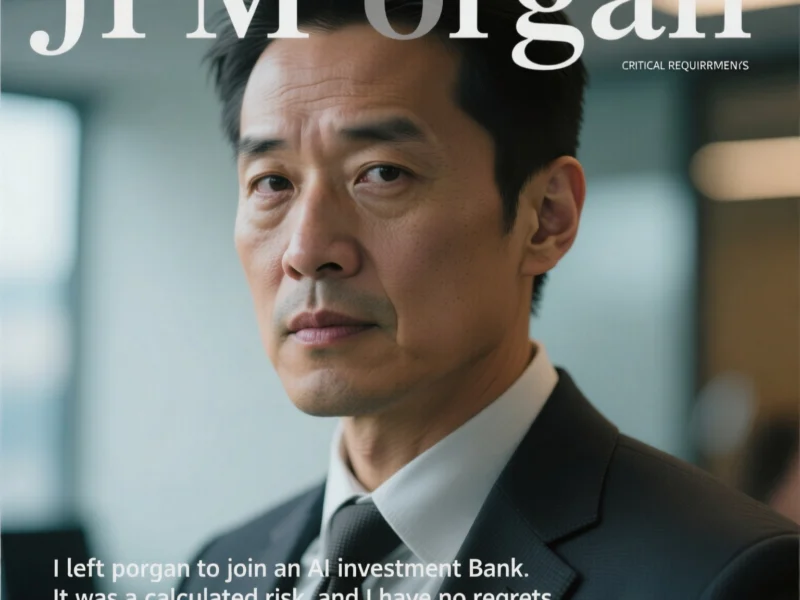According to Business Insider, UBS Chair Colm Kelleher issued a stark warning at a Hong Kong Monetary Authority conference, declaring a “looming systemic risk” in the U.S. insurance industry due to private credit. He pointed to a “massive growth in small rating agencies” and drew a direct comparison to the rating agency arbitrage that fueled the 2007 subprime mortgage crisis. Apollo CEO Marc Rowan fired back on his firm’s earnings call, stating bluntly that “Colm is just wrong.” Rowan defended his company’s use of ratings, noting that 70% of assets at Apollo’s insurance arm, Athene, carry ratings from major agencies like S&P, Moody’s, and Fitch. He also agreed with his competitor, Ares CEO Michael Arougheti, who argued that the industry is concentrated among large, responsible players, with 65% of assets controlled by major platforms.
The Real Battle Lines
This isn’t just a polite disagreement between bankers. It’s a bare-knuckle fight over trillions of dollars and the narrative of who’s actually safe. Kelleher is essentially saying, “We’ve seen this movie before, and it ends with a crash.” His 2007 subprime comparison isn’t subtle—it’s a nuclear option designed to get regulators’ attention.
But Rowan’s counterpunch is fascinating. He’s not denying risk exists. In fact, he says Kelleher is “not wrong” to talk about systemic risks piling up in credit broadly. His argument is about misplaced focus. The problem, he claims, isn’t the ratings themselves but the “late-cycle behavior” and “bad actors” moving assets to places like the Cayman Islands with weaker regulatory regimes. So basically, he’s saying, “Don’t look at my clean shop—look at the messy one down the street.”
The Big Get Bigger
Here’s the thing that both Arougheti and Rowan agree on: size matters. Ares’ CEO made the point that 65% of private credit assets are controlled by large incumbents who (in their view) manage risk properly. It’s a classic “too big to fail” argument, but dressed up in private equity finery. They’re essentially claiming that their scale and sophistication make them safer than the smaller, potentially reckless players.
But wait—haven’t we heard this before? Weren’t the big banks supposed to be the sophisticated ones in 2008? The concentration of power in a few massive private credit firms creates its own kind of systemic risk. If one of these giants stumbles, the ripple effects could be enormous. And Rowan’s proud statistic that Athene’s balance sheet is “more than 90% investment grade” compared to banks’ “merely 60%” feels like he’s protesting a bit too much.
Who’s Really Safe?
The most telling part of this whole debate might be what they’re not saying. Kelleher is worried about the insurance industry because it’s piled into private credit looking for yield in a low-rate world. Sound familiar? It should—it’s the same hunger for returns that drove the pre-2008 madness.
And Rowan’s deflection to “credit is credit” feels intentionally simplistic. Private credit operates with less transparency, different liquidity terms, and arguably more aggressive structures than traditional bank lending. To pretend there’s no difference is either naive or disingenuous. The fact that he referenced high-profile crackups like First Brands and Tricolor without naming them suggests he knows where the bodies are buried—he just doesn’t want to be the one digging them up.
What Comes Next
This public spat almost certainly continues behind closed doors with regulators. Kelleher wants more oversight of the private credit world that’s eating the banks’ lunch. Rowan and Arougheti want to maintain their competitive advantage and keep regulation at bay.
The scary part? They’re probably both right in their own ways. There likely are risky practices happening in parts of the private credit universe, especially among newer entrants. And the big players probably do have better controls. But history shows us that when everyone thinks they’re the smartest person in the room, that’s usually when the room is about to collapse. The real question isn’t who wins this argument—it’s whether anyone is actually watching the whole building.




